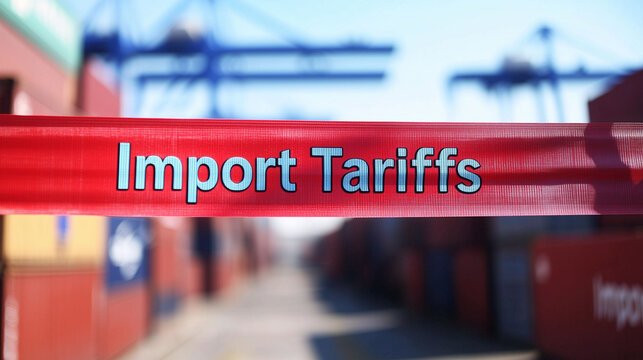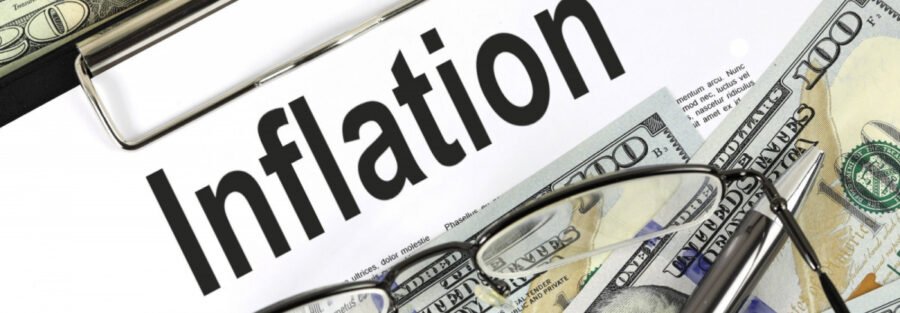Inflation eased more than expected in February, offering a brief reprieve for consumers, but economists warn that President Donald Trump’s aggressive tariffs could soon drive prices higher.
A Temporary Dip in Inflation?
Consumer prices rose 2.8% in February compared to the previous year, a slowdown from January’s 3% increase, according to the Labor Department’s consumer price index (CPI). Monthly inflation also cooled, rising just 0.2% compared to January’s 0.5% surge.
Core inflation, which excludes volatile food and energy costs and is closely watched by the Federal Reserve, also slowed to a 3.1% annual increase from 3.3% the previous month. However, economists caution that this dip may be short-lived as new trade policies begin to take effect.
Trump’s Tariffs Set to Push Prices Higher
Trump’s latest round of import tariffs, including a 25% levy on steel and aluminum, 20% on all shipments from China, and up to 25% on certain goods from Canada and Mexico, is expected to impact consumer prices soon.
While some economists argue that the tariffs haven’t significantly affected inflation yet, others believe they are already pushing up costs for household furnishings, apparel, and electronics. Barclays predicts these import duties will start showing in consumer prices this month, with inflation remaining stuck at 3% for the rest of the year.

Why Are Gas Prices Falling?
Gasoline prices dipped 1% last month, providing some relief at the pump. Regular unleaded gasoline averaged $3.08 per gallon on Tuesday, down from $3.14 a month ago and $3.39 a year ago, according to AAA.
However, this may be short-lived. Tariffs on Canadian oil could push prices back up in some areas, while concerns over the broader trade war continue to influence global oil markets.
What’s Next for Inflation?
After inflation eased significantly last spring and summer, it started creeping up again in late 2024 due to rising service costs, vehicle shortages, and wage increases. Rent hikes, one of the biggest drivers of inflation, have slowed, but the impact of Trump’s trade policies could keep inflation higher than the Federal Reserve’s 2% target for much of the year.
Economists at Goldman Sachs and Morgan Stanley have already downgraded their U.S. growth forecasts for 2025, citing the impact of tariffs and potential consumer price increases. Wells Fargo economist Sam Bullard warned that companies are already adjusting their pricing in anticipation of higher import costs.
With more tariffs set to take effect next month, economists expect a bumpy road ahead. Goldman Sachs predicts the new trade policies could add nearly a full percentage point to inflation by the end of the year, raising concerns about long-term economic stability.
For now, consumers may be enjoying a brief slowdown in price hikes, but the full impact of Trump’s trade war is still looming.
Credits: US Today





